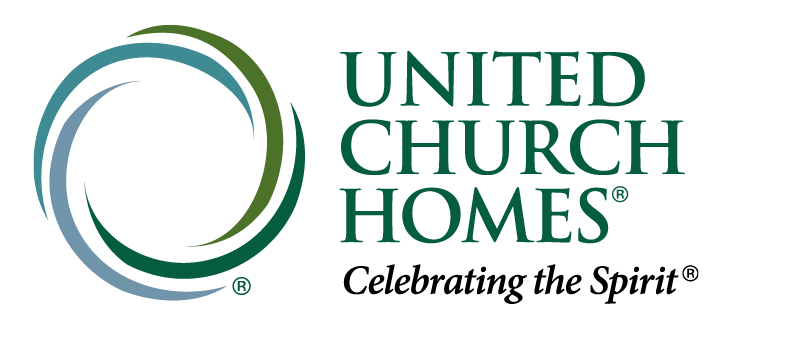Highlights from this week’s conversation include:
- Andy’s work at AARP Innovation Labs (1:05)
- How AARP differentiates itself from other accelerator programs (3:02)
- Age Tech Investment Momentum (9:45)
- The shift in tech adoption among older adults (10:46)
- Creating a living lab for aging well (16:30)
- The importance of contextual insight (21:32)
- Limitations and oversaturated age tech (22:25)
- Challenges founders face in the age tech space (26:49)
- The importance of human-centered design (32:00)
- Abundant Aging questions for Andy in conclusion (40:56)
Abundant Aging is a podcast series presented by United Church Homes. These shows offer ideas, information, and inspiration on how to improve our lives as we grow older. To learn more and to subscribe to the show, visit abundantagingpodcast.com.

